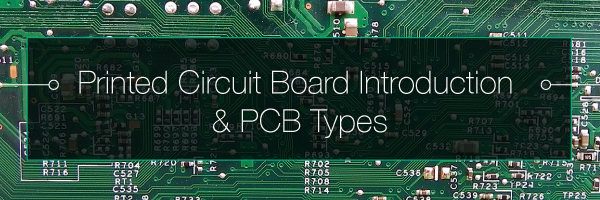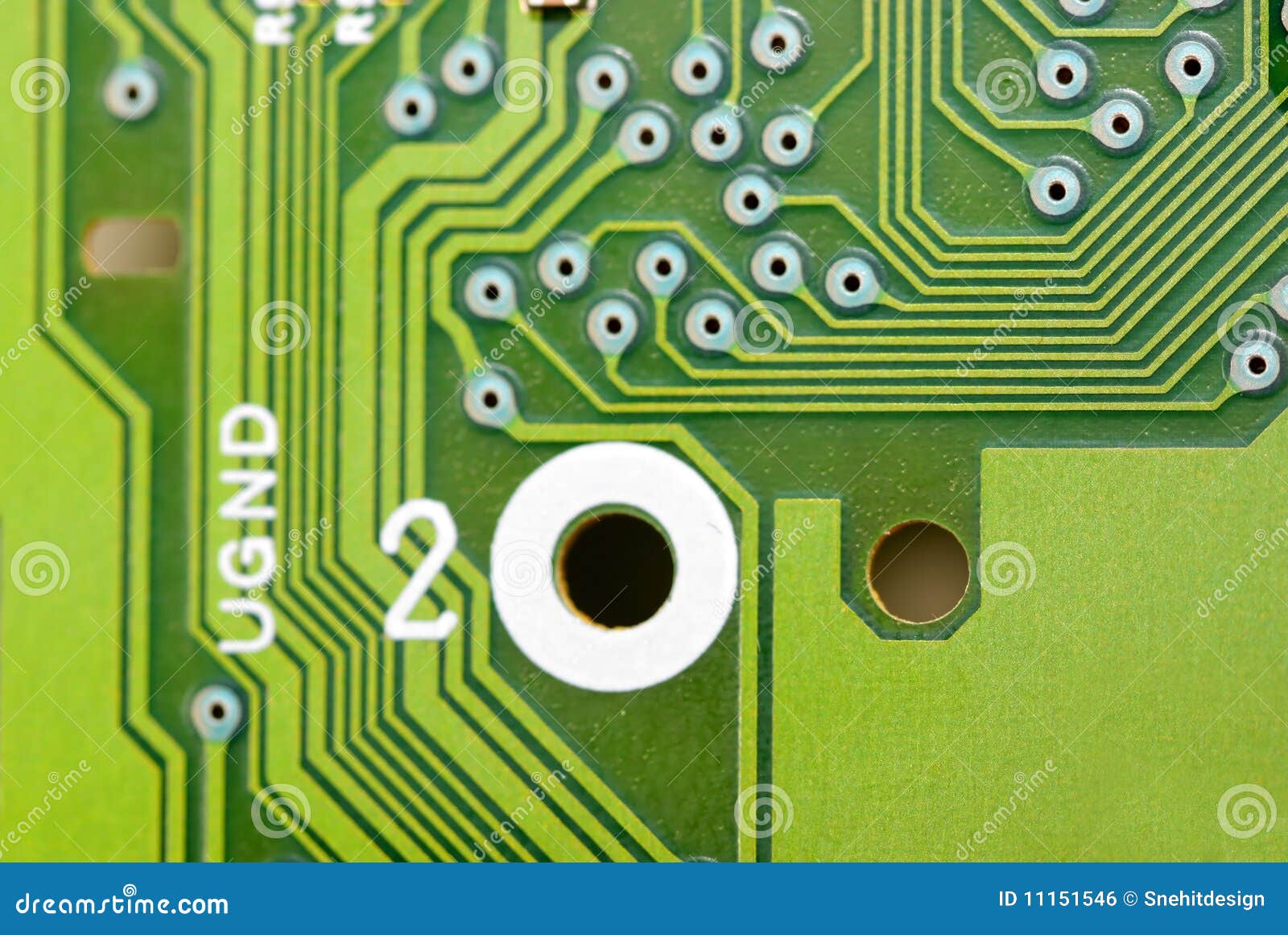

By using high tech cameras, assembly machines can locate the precise location of the board. Fiducial markers make sure that the orientation of the board is in the right direction and alignment. In short, machines need to know the board’s exact location and where to put the components. In any process that uses automation, precision is vital. Why is Fiducial PCB so Important?įiducial markers are essential during PCB assembly by pick and place machinery. For this reason, you need a third fiducial benchmark to help compensate for that. In double-sided SMT assemblies, reflow of the first side in the oven can cause the board to stretch, shrink, bow, or flex. Such PCBs experience a more considerable degree of stretch or shrink than their smaller counterparts. For that reason, it’s essential to identify these variations in larger PCBs. In many cases, PCBs over a long distance can vary by slight amounts. The final fiducial benchmark assists the mounting machine to compensate for shrinks and stretches present in the PCB. After that, it compensates all the placements accordingly. Typically, the machine measures the angle of the board’s rotation to the nearest 0.01 degrees. Fiducial PCB markers ensure that this doesn’t happen. Even a slight rotation of the PCB can result in total ruin of the entire assembly. It also reveals the PCB’s skew in the clamps. This benchmark helps your machine recognize the PCB orientation. Typically, this benchmark uses the X and Y dimensions. The first datum is useful in helping the mounting machines recognize the PCB location in its space. Let’s look at these benchmarks and where you should place them on the board. There are three main benchmarks of the common fiducial PCB markers.

The Benchmarks of Our Common Fiducial PCB Alpha also holds Department of Defense (DoD) certification and is fully compliant with DoD/DoE QSM 5.3.(Picture introduction of fiducial marks) 2. CertificationsĪlpha Analytical is certified by NELAP for PCB congener analysis by Method 1668A. A number of different sample extraction and extract clean up protocols are available, depending on the sample media and project specific requirements. This dual data acquisition configuration greatly increases analytical efficiencies and productivity. In general, congener reporting limits are in the <100 pg/L range for aqueous and the <10 pg/G range for soils or sediments.Īlpha Analytical utilizes Thermo high resolution mass spectrometer (HRMS) instrumentation equipped with dual Model 1310 gas chromatographs. Applicable sample matrices include aqueous, soil, sediment, and tissues. In addition to these lists, Alpha can also provide an analysis for a custom list of PCB congeners of your choosing. Toxic equivalents (TEQs) are calculated and included in the report. Analytical ApproachĪlpha Analytical offers PCB congener analysis by EPA Method 1668A for the reporting of all 209 PCB congeners and we also provide an analysis specific to WHO dioxin-like congeners.

WHO has calculated toxic equivalency factors (TEFs) for this list, similar to what is done with dioxins and furans. Of these coplanar PCB congeners, the World Health Organization (WHO) and the Center for Disease Control (CDC) have characterized 12 of these congeners as “dioxin like,” based on a similarity with the structure of 2,3,7,8-tetrachlorodibenzo-p-dioxin (2,3,7,8-TCDD). Due to increasing concern about possible unintended impacts to human health and the environment, the manufacture of PCBs was banned domestically in 1979.ĭue to their coplanar structure,there is a subset of PCB congeners that are considered to have a higher potential for negatively impacting human health. Because of their useful electrical insulation, non-flammability and chemical stability, PCBs were used in a multitude of commercial and industrial products. There are 10 possible PCB homolog groups, organized by the number of chlorine atoms in the molecule. PCB congeners can be further characterized into homologous groups according to the degree of chlorination. The number of these chlorine atoms and the positions where they are attached leads to 209 possible configurations of individual PCB molecules or congeners. Polychlorinated biphenyls (PCBs) are a group of man-made organic chemicals consisting of a hydrocarbon biphenyl structure with chlorine atoms attached.


 0 kommentar(er)
0 kommentar(er)
